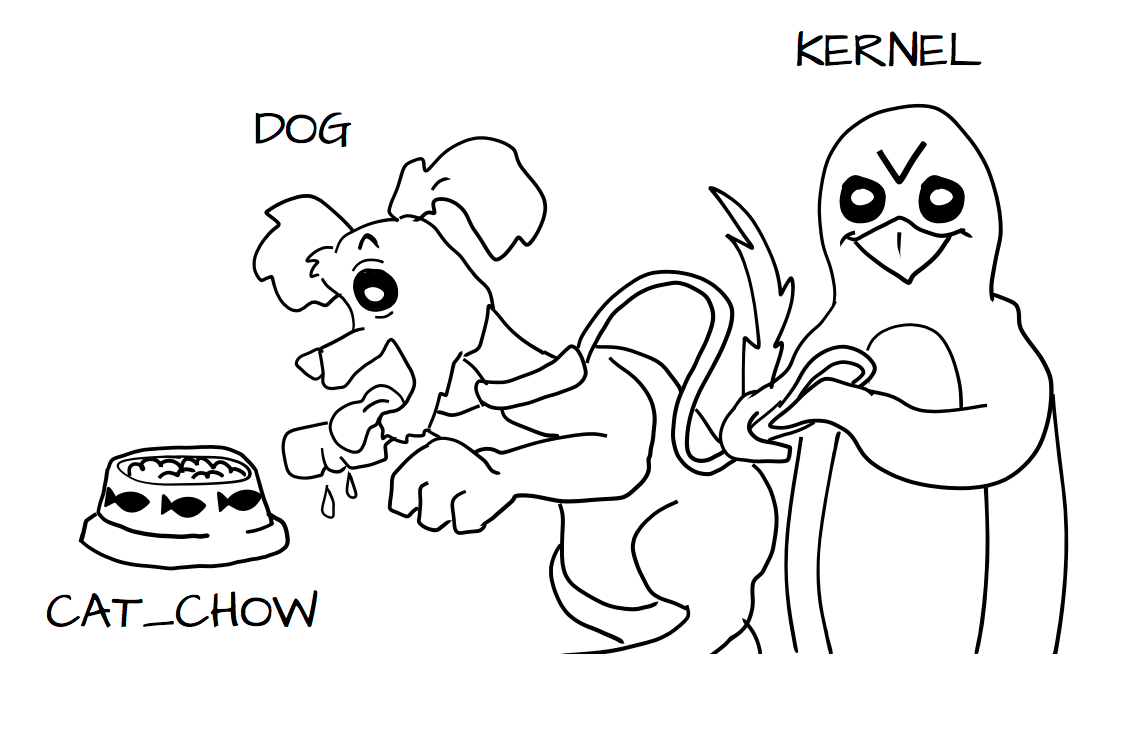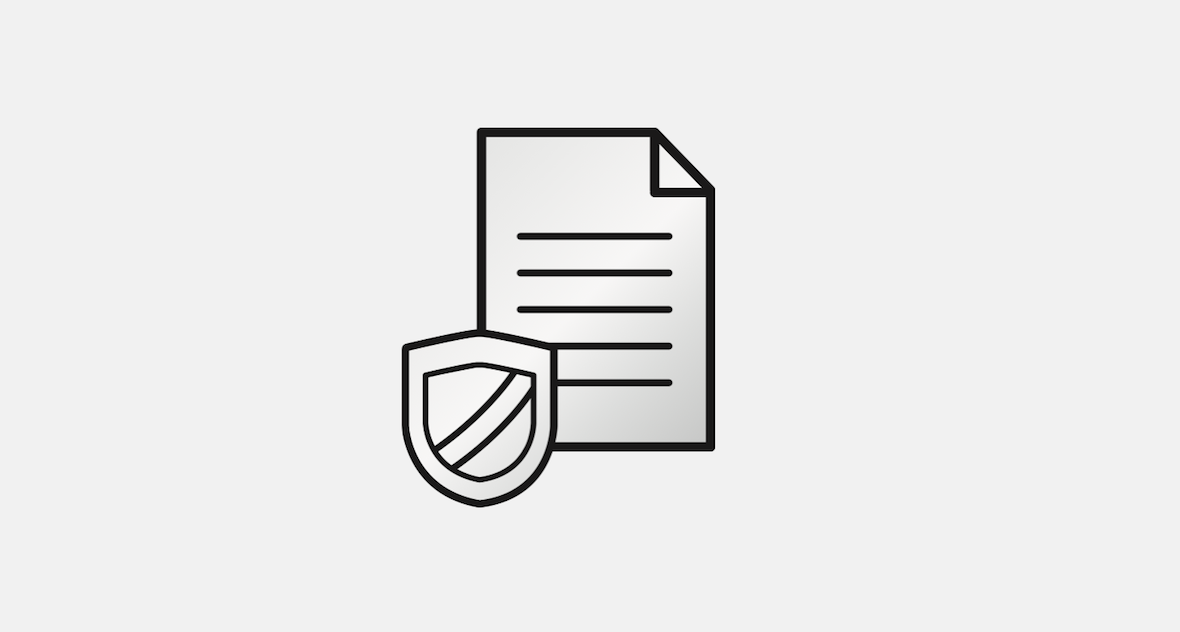

SELinux is primarily a labeling system that assigns a label (name) to every process and system object. This allows every aspect of kernel operations to be first labeled, second classified, and then ultimately enforced by a set of rules that the provider maintains.
BENEFITS OF RUNNING SELINUX
-
All processes and files are labeled with a type. A type defines a domain for processes, and a type for files. Processes are separated from each other by running in their own domains, and SELinux policy rules define how processes interact with files, as well as how processes interact with each other. Access is only allowed if an SELinux policy rule exists that specifically allows it.
-
Fine-grained access control. Stepping beyond traditional UNIX permissions that are controlled at user discretion and based on Linux user and group IDs, SELinux access decisions are based on all available information, such as an SELinux user, role, type, and, optionally, a level.
-
SELinux policy is administratively-defined, enforced system-wide, and is not set at user discretion.
-
SELinux can be used to enforce data confidentiality and integrity, as well as protecting processes from untrusted inputs.
-
Reduced vulnerability to privilege escalation attacks. SELinux policy rules define how processes access files and other processes. If a process is compromised, the attacker only has access to the normal functions of that process, and to files the process has been configured to have access to.
For example, if the Apache HTTP Server is compromised, an attacker cannot use that process to read files in user home directories, unless a specific SELinux policy rule was added or configured to allow such access.
SELinux
Step 1:
In this section, we’ll cover the basics of SELinux and containers. SELinux
policy prevents a lot of break out situations where the other security
mechanisms fail. With SELinux on Docker, we write policy that says that the
container process running as svirt_lxc_net_t can only read/write files with
the svirt_sandbox_file_t label.
Create the following directories.
mkdir selinux
cd selinux
mkdir data
echo "SELINUX" > data/file1.txt
cat data/file1.txtsestatus | grep modeStep 2:
sudo docker run -v $(pwd)/data:/data fedora cat /data/file1.txtYou can see the reason by inspecting the folder’s security context:
ls --scontext dataThe label for the data doesn’t match the label for containers. The fix is to
apply the container label to the data by using the chcon tool, effectively
notifying the system that you expect these files to be consumed by containers:
Find the selinux file context associated with containers.
sudo semanage fcontext --list | grep svirtThe containers should be running at svirt_sandbox_file_t
Step 3:
Apply the container label to the data directory by using the chcon tool
chcon -Rt svirt_sandbox_file_t dataTry to cat out the file again from the container.
sudo docker run -v $(pwd)/data:/data fedora cat /data/file1.txtWhat did you see?
Now try it in reverse. Append text from the container to the file
sudo docker run -v $(pwd)/data:/data fedora sh -c 'echo "REDHAT" >> /data/file1.txt'cat data/file1.txtDOCKER SELINUX SECURITY POLICY
The Docker SELinux security policy is similar to the libvirt security policy and is based on the libvirt security policy.
The libvirt security policy is a series of SELinux policies that defines two ways of isolating virtual machines. Generally, virtual machines are prevented from accessing parts of the network. Specifically, individual virtual machines are denied access to one another’s resources.
Red Hat extends the libvirt-SELinux model to Docker. The Docker SELinux role and Docker SELinux types are based on libvirt. For example, by default, Docker has access to /usr/var/ and some other locations, but it has complete access to things that are labeled with svirt_sandbox_file_t.
https://www.mankier.com/8/docker_selinux - this explains the entire Docker SELinux policy. It is not in layman’s terms, but it is complete.
svirt_sandbox_file_t
system_u:system_r:svirt_lxc_net_t:s0:c186,c641
^ ^ ^ ^ ^--- unique category
| | | |---- secret-level 0
| | |--- a shared type
| |---SELinux role
|------ SELinux userIf a file is labeled svirt_sandbox_file_t, then by default all containers can
read it. But if the containers write into a directory that has
svirt_sandbox_file_t ownership, they write using their own category (which in
this case is c186 , c641). If you start the same container twice, it will
get a new category the second time ( a different category than it had the first
time). The category system isolates containers from one another.
Types can be applied to processes and to files.
SELinux Coloring Book
Imagine a system where we define types on objects like cats and dogs. A cat and dog are process types:
-
Cat
-
Dog
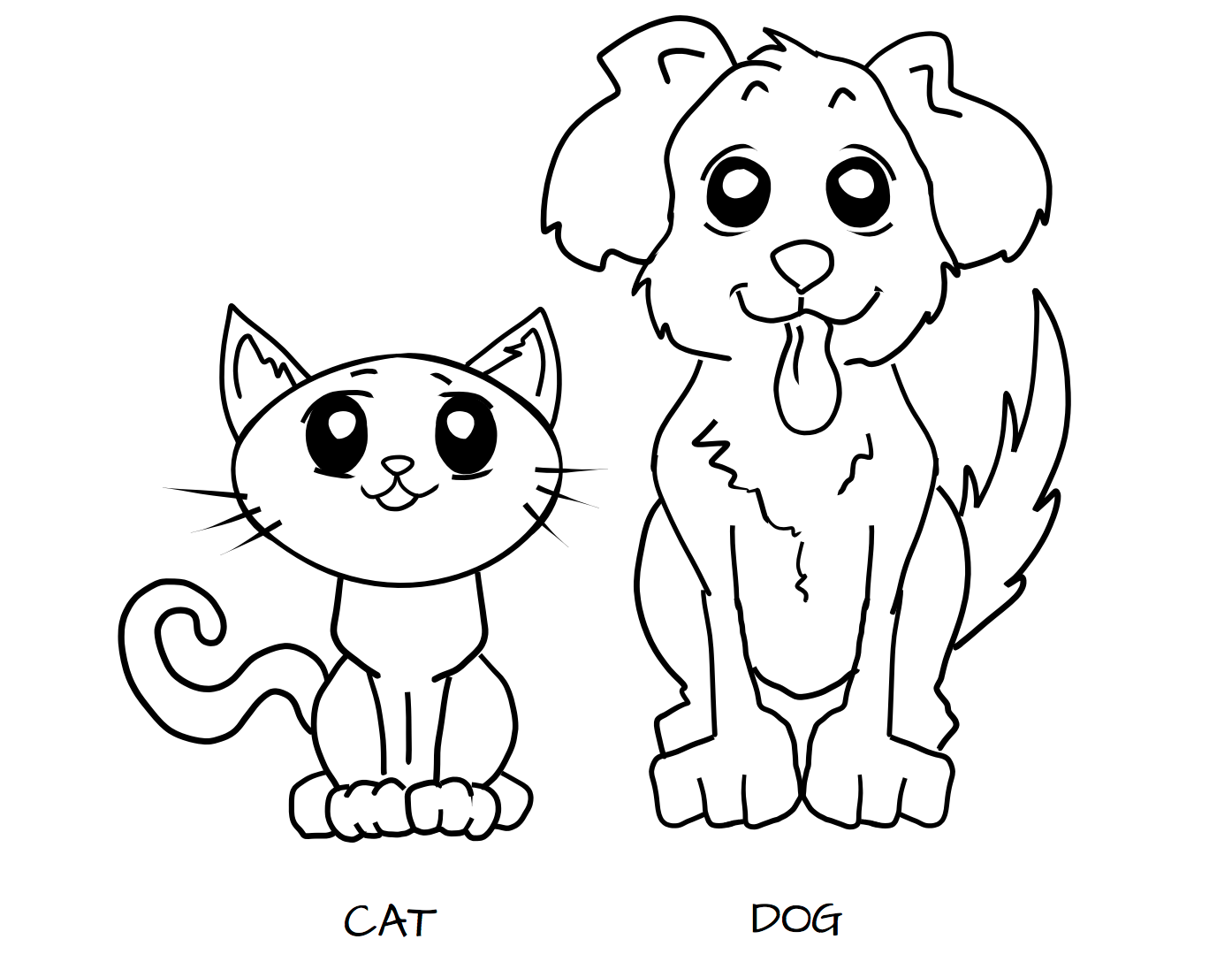
We have a class of objects that they want to interact with which we call food. And I want to add types to the food;
-
cat_food
-
dog_food
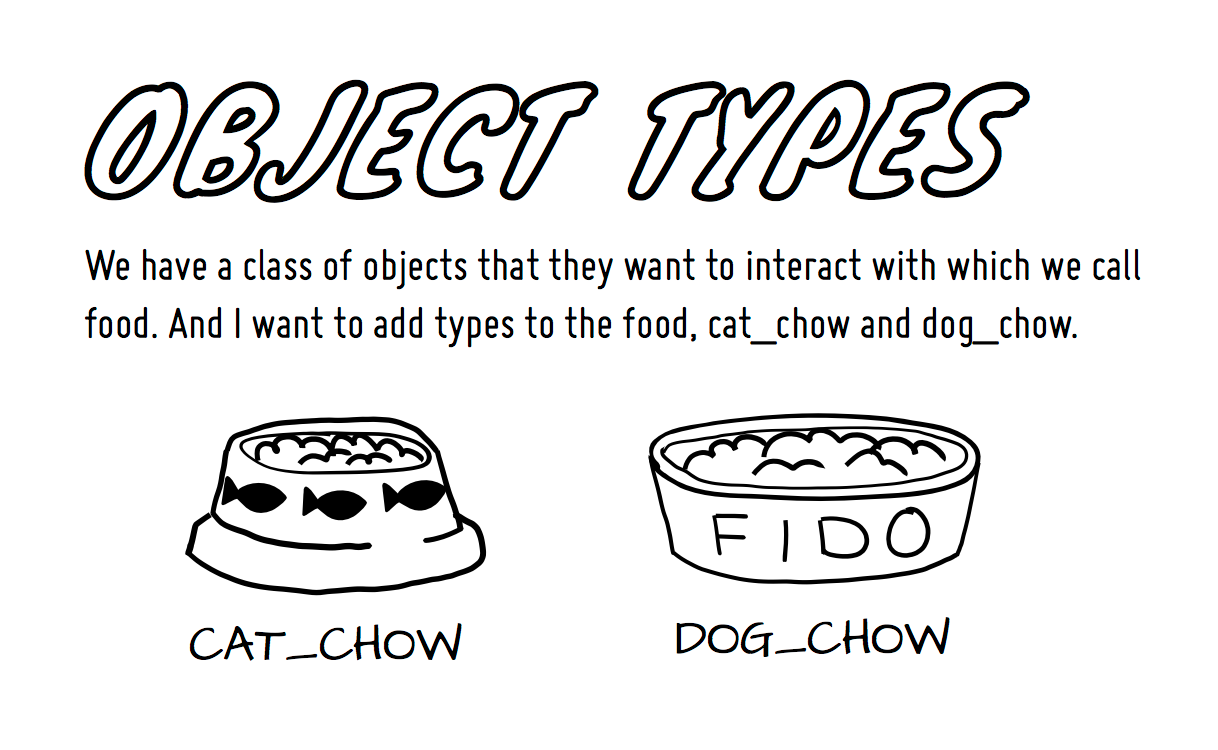
As a policy writer, we would define that a dog has permission to eat dog_chow food and a cat has permission to eat cat_chow food. In SELinux we would write this rule in policy.
-
allow cat cat_chow:food eat;
-
allow dog dog_chow:food eat;
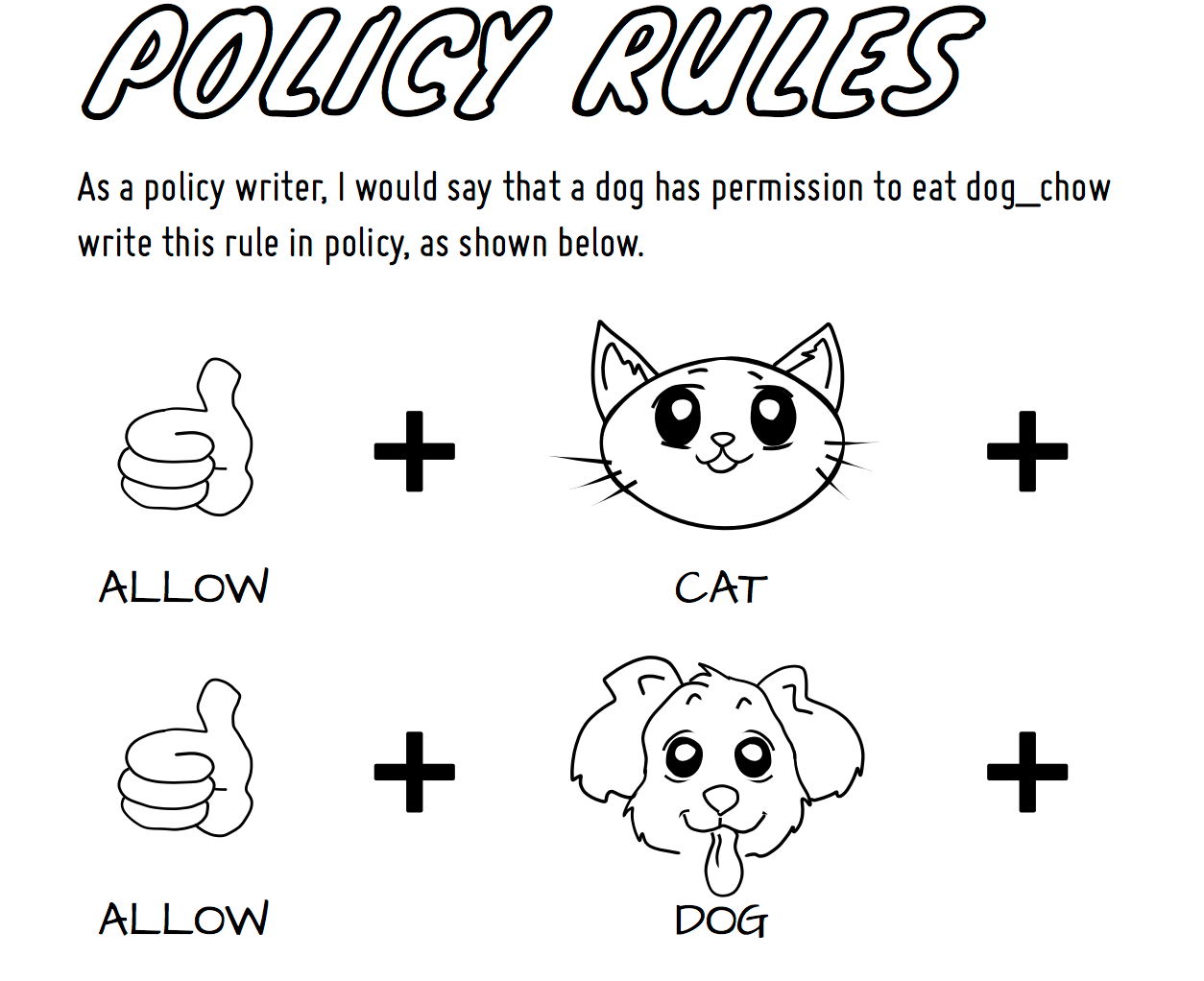
With these rules the kernel would allow the cat process to eat food labeled cat_chow and the dog to eat food labeled dog_chow.
And processes and objects are happy.
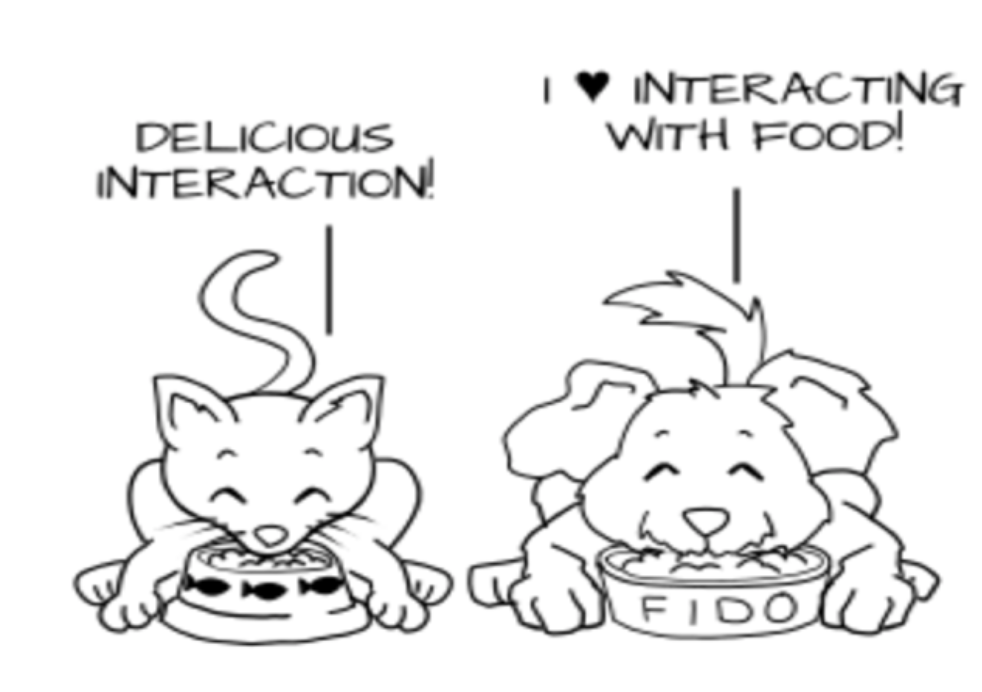
But in a SELinux system everything is denied by default. This means that if the dog process tried to eat the cat_chow, the kernel would prevent it.
